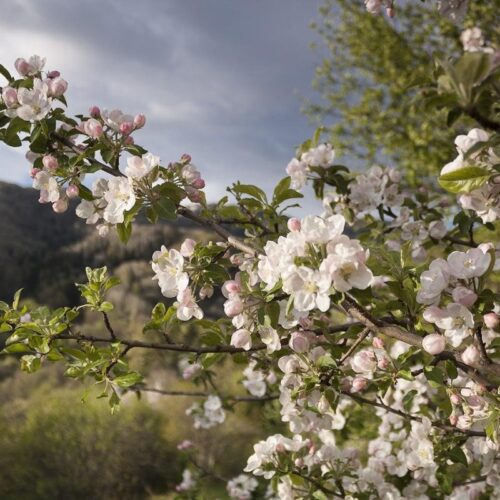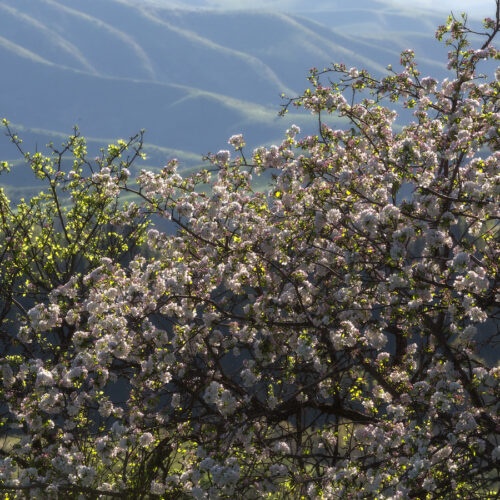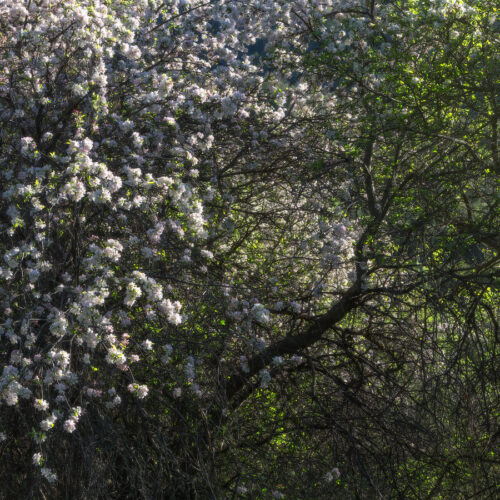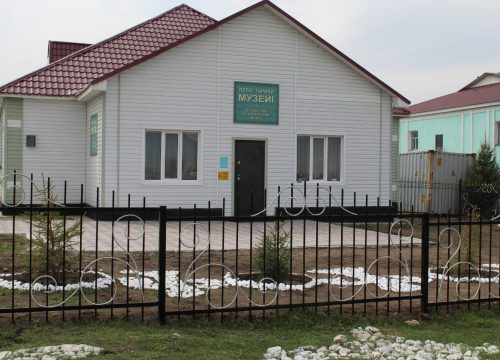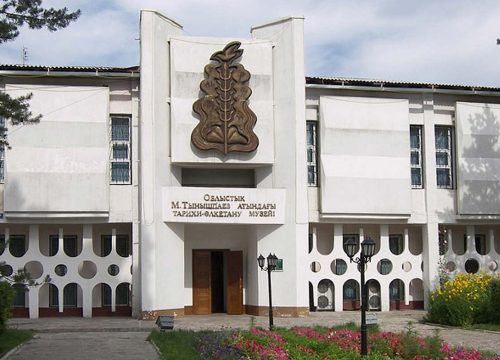300-year-old Seaver’s apple tree
The scientific name of the wild apple species in Kazakhstan is Malus sieversii, also known as Sievers’ apple. This species forms apple forests in the mountains of the Zhongar and Zailiysky Alatau. The wild apple was first discovered in the territory of modern Kazakhstan at the end of the 18th century. It was described by the scientist apothecary, a member of the Imperial Academy of Sciences of St. Petersburg, Johann Sievers, but scientific research on the mountain fruit forests of Kazakhstan began much later. In the 1920s, botanist Mikhail Popov hypothesized the antiquity of the Malus sieversii species, its proximity to the original apple of the Tertiary period. Academician Vavilov highly appreciated the apple populations in the foothills of the Tian Shan mountains, suggesting that this is where the global center of origin of the apple is located.
This tree is resistant to any diseases and parasites and lives for more than 300 years, while all cultivated apple trees have a short lifespan and require constant care. It has a very deep root system, helping it find nourishment, withstand severe frosts, extraordinary heat, and prolonged drought.
Sievers’ apple blooms in the last months of spring. The first festival in honor of the apple blossom was organized in 2018. The aim of this event is to improve the tourist potential and increase the flow of tourists. During the festival, an exhibition of medicinal herbs growing only in the Zhongar mountains was held.
Sievers’ apple, the progenitor of all cultivated apple varieties on Earth, could disappear in the near future, yet it is Kazakhstan’s most valuable gene pool and a treasure for all humanity. Preserving these plant resources is one of the most important planetary tasks. Therefore, Sievers’ apple is listed in the Red Book of Kazakhstan.
День 1
фывфывфывфы фывфыв фывфывфыв фывфыв

